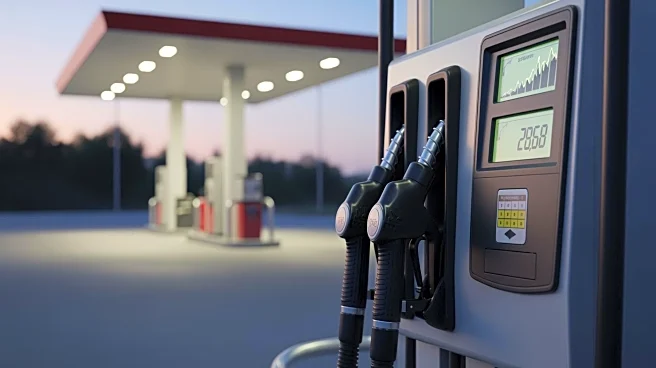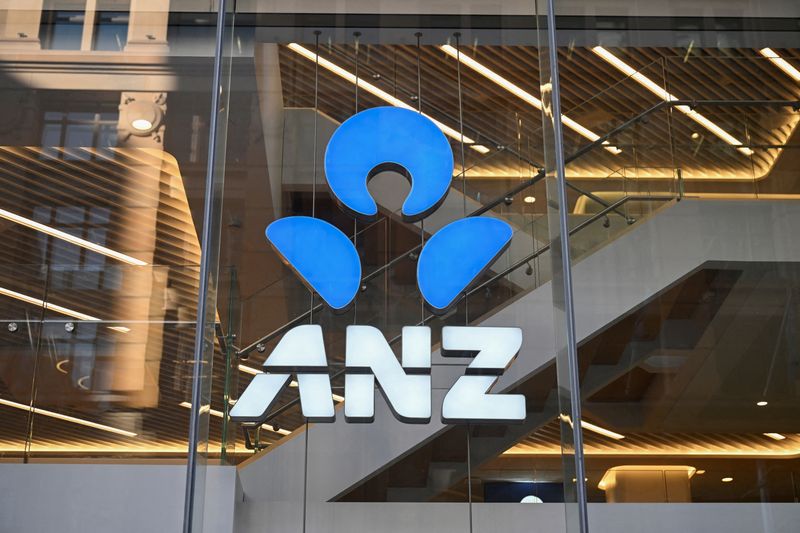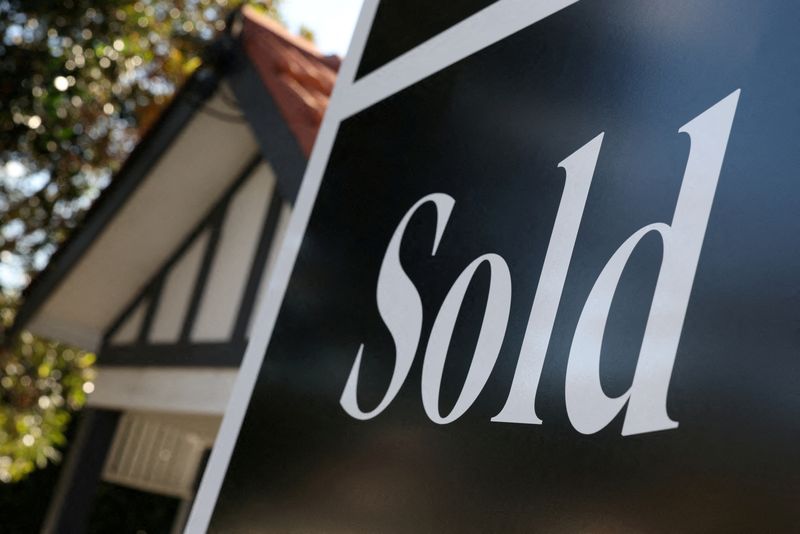What's Happening?
Wholesale gasoline prices have surged by 10.9 cents per gallon, according to the latest Lundberg Survey of U.S. fuel markets. Despite this increase, the national average retail price of regular grade gasoline remains
steady at $3.116. Retailers are currently absorbing the cost increase, impacting their gasoline margins. The rise in wholesale prices is attributed to seasonal refining repairs and maintenance, which have reduced U.S. refining capacity utilization to 86%. Demand for gasoline continues to decline year-on-year, affecting industry sales.
Why It's Important?
The disparity between wholesale and retail gasoline prices highlights the pressures faced by retailers in maintaining margins amidst fluctuating costs. This situation could lead to future price adjustments at the pump if wholesale prices continue to rise. The decline in gasoline demand reflects broader economic challenges, potentially impacting consumer spending and transportation sectors. The ongoing refining capacity issues may exacerbate supply constraints, influencing future pricing and availability.
What's Next?
Retailers may need to adjust prices if wholesale costs persist, potentially affecting consumer budgets and spending patterns. The industry might see increased focus on refining capacity improvements to stabilize supply. Policymakers could consider measures to address demand fluctuations and support energy market stability.
Beyond the Headlines
The current situation underscores the complex dynamics of the fuel market, where external factors like refining capacity and seasonal maintenance play significant roles. Long-term strategies may involve diversifying energy sources and enhancing infrastructure resilience to mitigate similar challenges in the future.














